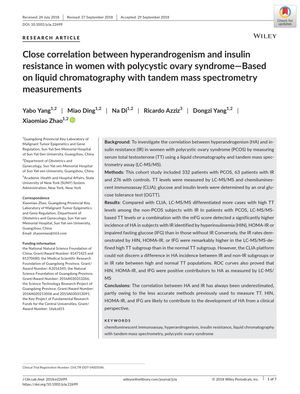TLDR Women with PCOS who have high male hormone levels often also have insulin resistance.
The study, involving 332 women with polycystic ovary syndrome (PCOS) and 63 with insulin resistance (IR), along with 276 control subjects, found a significant correlation between hyperandrogenism (HA) and IR. Using liquid chromatography with tandem mass spectrometry (LC-MS/MS) to measure serum total testosterone (TT), the study demonstrated that HA was more prevalent in PCOS patients with IR, as defined by hyperinsulinemia (HIN), homeostatic model assessment of IR (HOMA-IR), and impaired fasting glucose (IFG), compared to those without IR. The incidence of HA was 80.97% vs 37.89% for HIN, 68.53% vs 38.52% for increased HOMA-IR, and 80.36% vs 51.45% for IFG. The study also showed that IR rates were higher in patients with high TT levels. These findings suggest that the relationship between HA and IR in PCOS patients is strong and may have been previously underestimated due to less accurate TT measurement methods. Parameters like HIN, HOMA-IR, and IFG are likely involved in the development of HA in these patients.
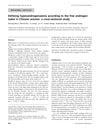 19 citations
,
March 2012 in “Clinical Endocrinology”
19 citations
,
March 2012 in “Clinical Endocrinology” FAI values above 6.4 may suggest high androgen levels and increased metabolic risks in Chinese women of reproductive age.
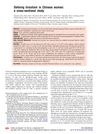 98 citations
,
July 2011 in “Fertility and Sterility”
98 citations
,
July 2011 in “Fertility and Sterility” An mFG score of 5 or more indicates above-normal hair growth in Southern Chinese women.
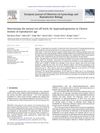 16 citations
,
December 2010 in “European Journal of Obstetrics & Gynecology and Reproductive Biology”
16 citations
,
December 2010 in “European Journal of Obstetrics & Gynecology and Reproductive Biology” Normal levels for certain hormones in Chinese women of reproductive age were identified.
 1744 citations
,
August 2006 in “The Journal of Clinical Endocrinology and Metabolism”
1744 citations
,
August 2006 in “The Journal of Clinical Endocrinology and Metabolism” Polycystic Ovary Syndrome should be seen mainly as a condition of excess male hormones, with a focus on this in its definition.
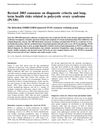 4025 citations
,
December 2003 in “Human Reproduction”
4025 citations
,
December 2003 in “Human Reproduction” The 2003 consensus updated PCOS diagnosis criteria and linked PCOS to higher risks of diabetes and heart problems, recommending lifestyle changes to lower these risks.
 5 citations
,
March 2015 in “Women's Health”
5 citations
,
March 2015 in “Women's Health” The document concludes that diagnosing PCOS requires a thorough approach, considering various symptoms and risks, and calls for improved methods to identify PCOS types and prevent diabetes.
45 citations
,
May 2022 in “Biomedicines” Analyzing follicular fluid can help predict and improve outcomes for women with PCOS undergoing fertility treatments.
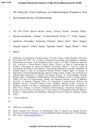 467 citations
,
October 2014 in “European Journal of Endocrinology”
467 citations
,
October 2014 in “European Journal of Endocrinology” The European Society of Endocrinology advises individualized long-term management for PCOS, focusing on lifestyle changes, accurate diagnosis, and treatments for associated health risks and symptoms.
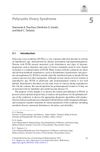 January 2019 in “ISGE series”
January 2019 in “ISGE series” The document concludes that effectively managing PCOS requires a multifaceted approach.
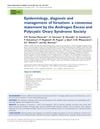 378 citations
,
November 2011 in “Human reproduction update”
378 citations
,
November 2011 in “Human reproduction update” Experts recommend using evidence-based methods to diagnose and treat hirsutism, focusing on symptoms and underlying causes.
